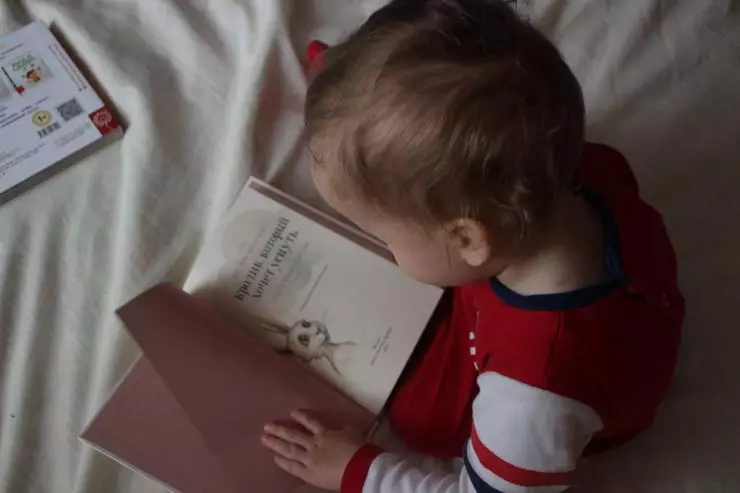Pablo Neruda once wrote: "A child who does not play, not a child." More and more parents are aware of the shortcomings of the generation, which is given too little time on the game. And pediatricians are now actively recommended the game as an important component of the healthy brain development. But kicking the ball in the yard is not the only thing that is considered to be a game. Here are 6 types of games on the recommendation of the American Sociologist Mildred Parthen Newhall:
Unnoticed game
Partitin defined it as the age of a child not involved in the game. The kid in the first year of life instinctively moves his body, at the same time entertaining and learning himself. This is the easiest view of the game: your child can freely think, move and imagine. The whole world is new for him, so when you think about games with a baby, do not worry about the organization of something. Even the smallest item is surprising if he has never seen a similar one before. Select anything with a lot of textures and colors and avoid bright light or unexpected noise, as they can scare your baby.

Baby enough games with yourself
Photo: unsplash.com.
Self or single game
This is the age when your child plays one, practically no paying attention to what other children or adults do. In fact, this game can be both active and quiet, as required by the temperament of your child. About your first birthday, the kids are starting to play independently. This is an incredibly important stage. As known to many adults, you will not be able to properly attach to new people, if you are uncomfortable one. If you begin to encourage such behavior at a young age, this will definitely facilitate his life, and the ability to be content with his own society will be well serving them in the future. If they choose such a game, finding sticks on a walk or quietly reading a book, this is completely their business.
Party Observer game
This is when your child is watching the game of other children, but does not play himself. Most of this game scene are inactive, but still important. The ability to play with other children is very important for study at school and beyond. This is the first stop of your child in learning. Of course, this is not limited to other children - he gladly watches adults. Show the baby than you like to do, be it horticulture, playing a musical instrument or puzzle. Take the kid to the local park and let him see how children play in the sandbox, even if the child does not want to leave you to join them. This is the perfect closed space for younger children to watch others and see they play. If your child has brothers and sisters, encourage kids to watch the movements of the elders. Although children under 3 years old do not usually understand the concept of a joint game, they still can start learning how to be comrades in games for your older child later.

At the age of 2-3 years old baby becomes more
Photo: unsplash.com.
Parallel game
Although they can use the same toys, your child plays nearby, and not with other children. Remember to learn how to play is to learn to communicate with others. In this sense, a parallel game is the last stage, on which your child is connected to another. Ideally suggest toys that can be easily divided, since during this period, kids often happened because of "this is mine, not it." Remember that ideal toys are not only unborn, but also easily clean - he will still drag them into his mouth.
Associative game
Here your child plays with other children, but children do not organize their game to achieve a common goal. At about the age of 3 years, your preschooler will pay more attention and will really enjoy social interaction with other children, more than ever before. Now a great time to add more art accessories to your child's playroom. By 3 years, children usually become more capable to handle small toys, and they can trust an independent game with the help of designers.
Joint game
Here you can see the beginning of a joint game with the other for the common goal. From the point of view of gaming purposes, this is the final stage of development, because the same basic principle works, whether you are working as a school project, put the performance or playing sports. A child who can be involved in a joint game will cope with lessons and interaction with the class. Communication lays the foundation for social success throughout life. This is an incredibly exciting step for each family.
